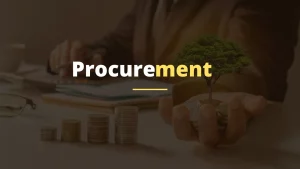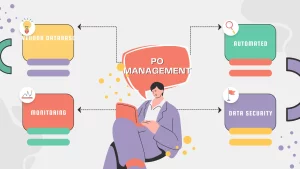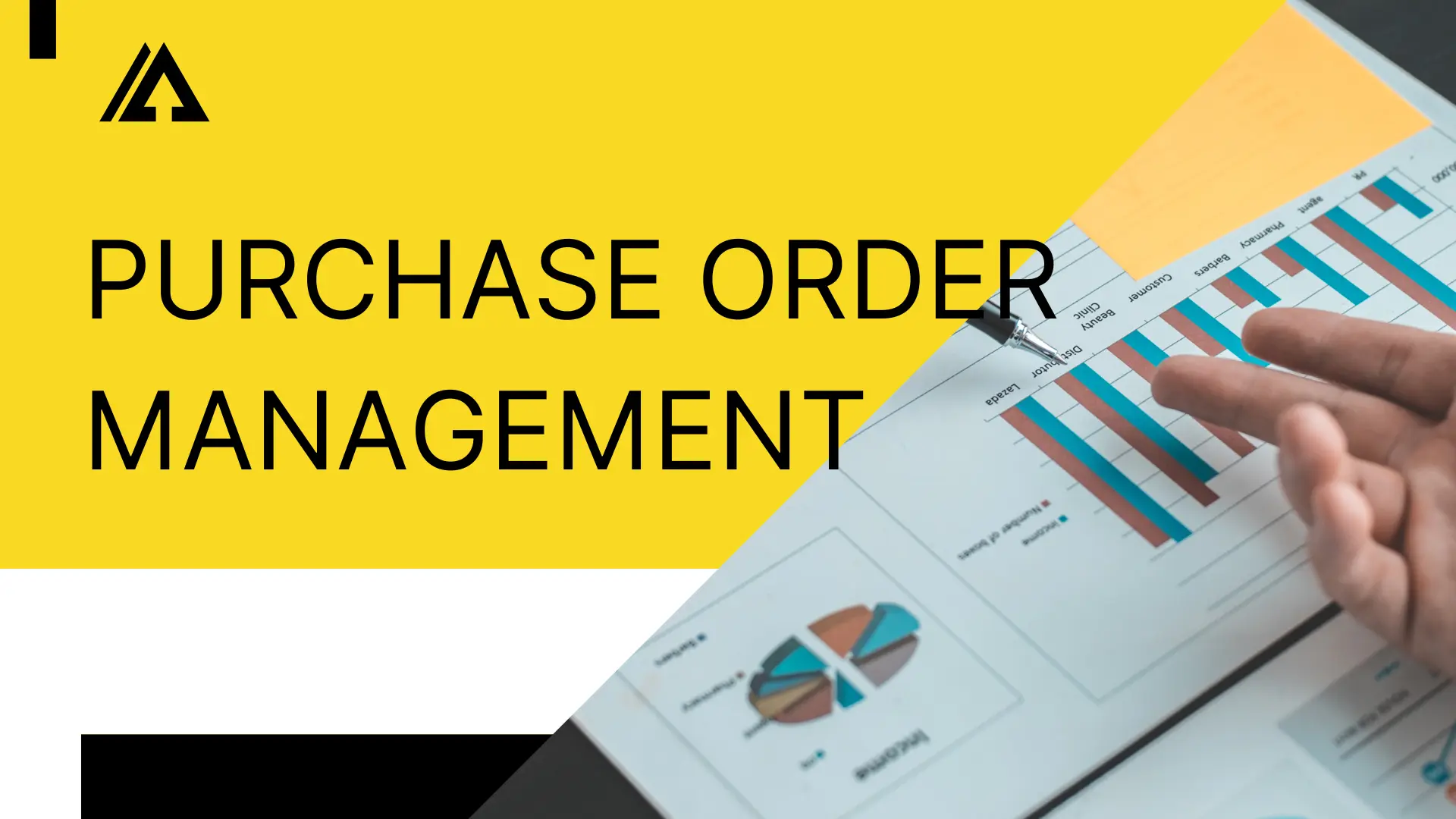The world is moving fast: are you following up?
Has your business found a way to keep up with the ever-changing practices?
Are your business goals and the processes to achieve them aligned with the current market?
Purchase order management is an efficient way to achieve this – but how?
That is the real question!
Before jumping to how – let’s discover what is purchase order management!
For an efficient business, purchase order management helps to achieve the business objectives. It helps you to be resourceful and engage resources as little as possible.
But before diving deeper, let us understand a few essential concepts.
Purchase and procurement go hand in hand. Let’s dig deeper!
Procurement

Your business needs something – a product or service, you have to purchase it from an external resource. That external resource is your vendor or supplier. The process as a whole is called procurement. Then what comes next?
You choose a vendor based on the quantity, quality and time required to fulfil your purchase. You cannot record and maintain all these purchases manually – that would be prone to errors. If you use a spreadsheet, that too can have errors. You need a purchase order management system for efficient and smooth processing.
Purchase Order
A PO (purchase order) is the first official document that suggests a purchase is required to buy a specific product, service or part of a product. It has all the information that a vendor needs. The business generating a purchase order mentions the product or service, the time when it is required and its location. If done through an automated system, it can help in keeping track of all purchase orders.
Purchase Order Process
Once the requisition is submitted, the process of purchase order begins. The manager checks the requisition to see if any changes are required. You choose a vendor based on the quality he provides. The third step is the dispatch of the purchase order. Once the order is received, the vendor is informed, and payment is made.
What is Purchase Order Management?
The process through which a business goes through for purchase management is called purchase order management. An automated tool can simplify the whole process and efficiently ensure minimum resource usage.
Steps of a Purchase Order Management System
While each business has its PO management system, here are a few common steps:
- Issue a PO – the concerned department issues a PO with a unique PO number, the requisition, and the required delivery time.
- Approval – it can have multiple steps as per the organizational structure.
- PO dispatch – Once approved, the PO reaches the vendor through a pre-decided channel.
- Negotiation – Once the vendor receives the PO, he goes through its details. If there is a need, there can be a negotiation on price, quality, quantity or time of delivery.
- Acceptance – if the vendor is satisfied with the PO sent, it is approved and serves as the first document for binding both parties legally.
- Delivery – Once arranged, the vendor delivers the goods or services as per the details in PO.
- Invoicing – When the buyer (the business in question) approves the delivery, an invoice is generated.
- Cross-checking – the buyer tallies the PO and the received order from the vendor.
- Payment – if satisfied, the buyer pays the invoice through the finance department.
- Archiving – all the necessary details are then archived: PO details, goods receiving note and invoice.
What is Purchase Order Management? – Benefits

An automated tool for purchase management is the key to a cost-effective and efficient process. To know more, keep reading!
Monitoring
It helps you to track the progress of your purchase at every step.
Purchase Order Management
The use of a PO is time-saving. It helps to tackle your purchases smoothly at every step. All POs are in the same place. And they can be accessed by the concerned employees with just a few clicks.
Managing the Invoices
While you may need to go through a pile of paper or office files, this tool helps to retrieve them in just a matter of seconds. It also keeps track of the bills and invoices that are upcoming.
Vendor Management
It helps you to locate all the vendors and their details in a single place. The system has all the essential documents. It can also keep track of the ratings of a vendor.
Data Security
An automated tool ensures the data is secured and encrypted appropriately.
What is Purchase Order Management? – Best Practices
There are three best practices for using an automated purchase management system. These are given below:
Automated
Manual systems are prone to error. An automated PO management system will not only keep the data reliable but also updated. it will ensure that all steps are being taken care of.
Simplicity
The first thing to follow is simplicity – keep your system user-friendly.
Vendor Database
Maintain a database of your vendors. It will provide a list of vendors in a single place. Also, it will keep your data reliable – with fewer errors, and saves efforts on behalf of your employee, hence increasing overall efficiency and cost.
Routing Rules
Not all data needs to be reviewed by senior management. Implement conditional routing in your system. For example, a PO for a smaller amount can be approved by a line manager and after a certain amount, it has to be approved by a senior manager.
Our Take
An automated purchase order management system is essential for a fast-paced and smooth working of purchase management. It allows you to be efficient and manages all your data, approvals and end products in a single place. It is an accurate and reliable method for PO management.
So, what are you waiting for?
Go for an automated PO management tool and make your dealings efficient.
If you have any queries, feel free to contact us!

